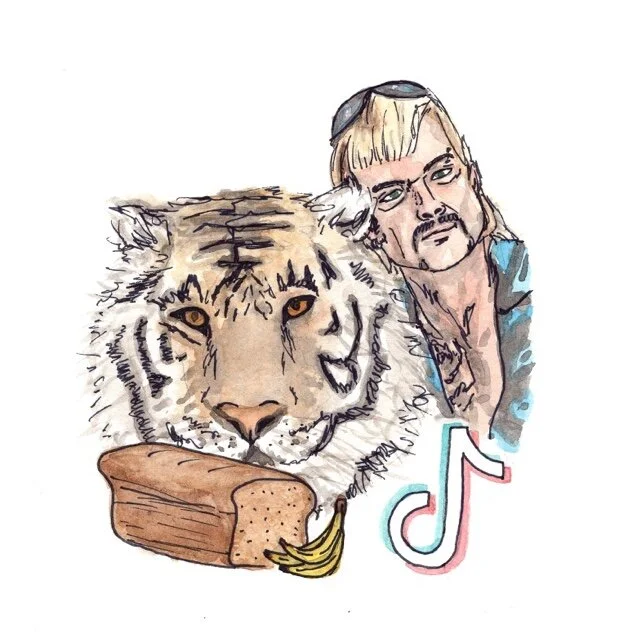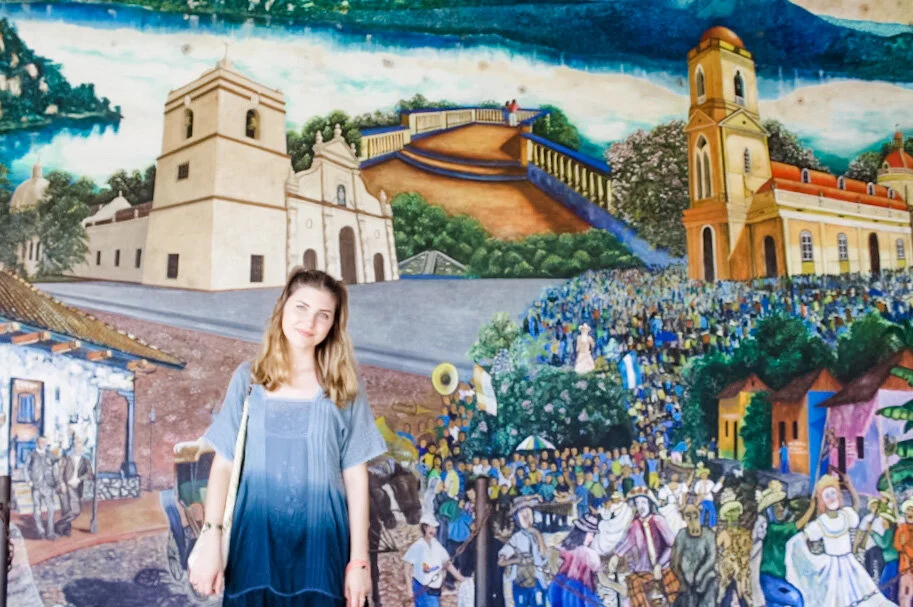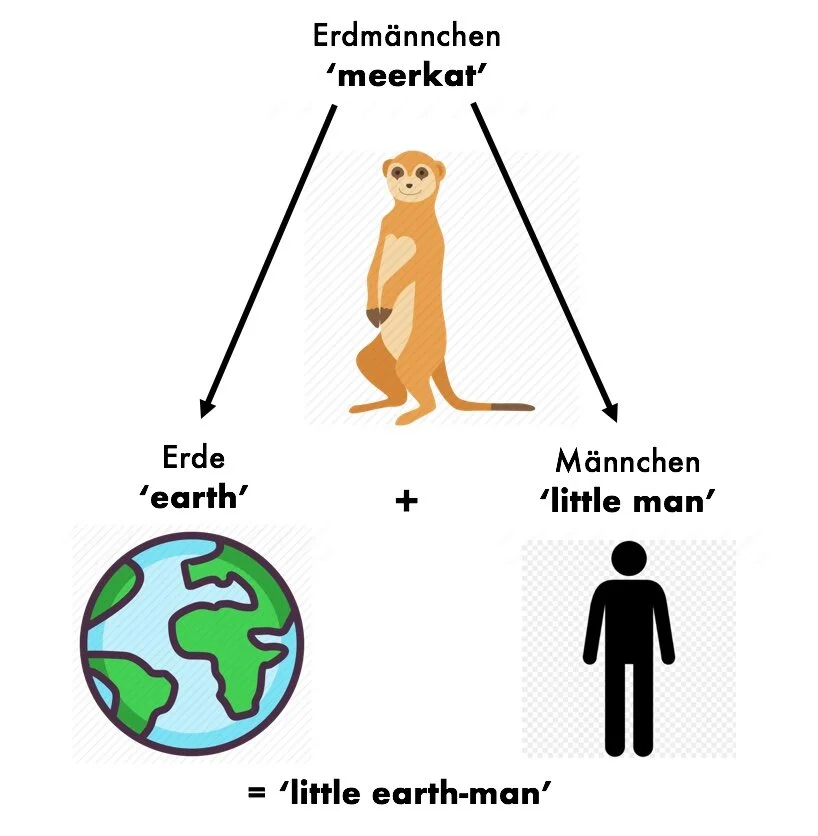Spanish Immersion Camp Highlights
Highlights from our learning- and fun-packed Spanish Immersion Camp. 📸: LanGo Institute.
Language immersion camps at LanGo are designed to offer younger kids and teens the chance to learn a new or heritage language while participating in fun activities and creating a final project and presentation. Students play games, create unique arts and crafts, participate in hands-on activities, listen to music, and watch shows in their target language, and most importantly, they practiced their speaking and integrated skills.
Spanish Immersion Camp
Our Spanish Immersion camp this year offered young kids and teens the chance to practice their language skills while participating in fun summer activities like making their own Spanish librito “booklet”, dancing to zumba and yoga, playing fun grammar activities, listening to and singing canciones “songs”, watching películas y programas “movies and shows”, and participating in manualidades “arts/crafts”, reading/writing activities based around those movies, shows, and grammar topics.
The overall goals of our Spanish Immersion camp were to create a love for learning Spanish, to develop an environment for learning that was engaging and exciting, and to teach important basic Spanish-language skills in an immersive setting. During our summer camp, campers got the experience of practicing their Spanish skills through listening, speaking, reading, and writing in Spanish all day, and every day, throughout the entire camp. Research has shown that learning a new language in an immersive environment is highly effective for language retention and nourishes an appreciation for other cultures and languages.
One of our campers, Jocelyn, had the unique experience of learning about her Latina roots while studying Spanish through new and exciting interactive games and activities at our summer camp. When she returned to her English- and Spanish-speaking family and friends after the camp, she had the basis to begin conversations including describing people, using high-frequency vocabulary for describing food, her house, locations in the city, time, likes and dislikes, hobbies, music, family members, and much more. In such a short amount of time, our camper truly succeeded in her studies!
What is unique about our summer camps is that we always try to individualize all activities in the camp according to our students’ interests and hobbies. By watching popular shows in Spanish (with Spanish subtitles) that Jocelyn had seen before and allowing her to take notes, it created a stress-free environment for vast vocabulary growth. Watching movies that were new to her kept her engaged in the unfamiliar material (seeing how the story progressed and how the characters interacted) and created memories of a new and exciting activity that was first experienced in Spanish. After all, learning a new language is not only about building relationships but also about creating memories and new experiences.
While working on art projects, Jocelyn could choose to listen to her favorite musicians in Spanish and created a connection between her current interests and her interest in learning Spanish. Also, because Jocelyn was surrounded by Spanish in the classroom (listening to Spanish from her teacher and her favorite singers), this allowed her to absorb and comprehend what she was learning at a faster rate.
Conversation/Writing/Reading Practice
Since our immersion camp this summer focused on beginner-level Spanish, campers practiced language basics and integrated skills to start their journey in Spanish. She first practiced Spanish sounds, the alphabet, colors, numbers, parts of the body (vocabulario sobre el cuerpo), and basic greetings and farewells (saludos y despedidas). On the first day of the camp, Jocelyn built and customized her word wall (and added her own special artistic flair). Word walls are crucial for vocabulary building since students can interact with it on a daily basis and return to it for reflection and study.
A word wall involves a student-generated alphabet (un alfabeto generado por los estudiantes) that is created and maintained by the students. As students learn new vocabulary, they add either images + words in the target language, or image + new vocabulary + translation in their L1 (their first or native language). The new vocabulary words are placed underneath the corresponding letter of the L2 (their second or target language ) alphabet. Students are responsible for their own learning and add only vocabulary that they find essential and important in their lives to their wall.
Spanish vocabulary word wall
For the final day of the camp, Jocelyn took down the wall and pasted it inside the final pages of her librito project to take home, add to, and keep for further study.
Building on some of the basic concepts, Jocelyn next learned about members of the family and important adjectives for describing people. She watched interactive videos about describing people and had a chance to practice describing herself and her family members.
We designed the camp so that each day campers would practice their reading comprehension in Spanish. They would practice reading, writing, and pronouncing new vocabulary words, would read from small Spanish booklets, and would dissect words and sentences from their favorite songs and shows in Spanish. With great determination, our camper was able to progress very steadily in her reading abilities in such a short amount of time.
Fun Projects & Final Presentations
Jocelyn created four canvases as part of her final project. On the first day, she painted and decorated a special message for her cousins on her canvas. On the second day of the summer camp, she designed and created a special quote about family after studying vocabulary related to our family lesson (see both canvases below).
Jocelyn Solórzano, Canvases 1-2, 2019
Concurrently with her art projects, Jocelyn would spend each day working on her Librito de Español (Spanish Booklet). This was a wonderful chance for her to show off her individuality. The booklet included all of the activities she had worked on during the camp and was written in Spanish: her descriptions of the movies and shows that she had watched, the vocabulary she had learned, and important facts about herself and her family including her hobbies and interests. Since the book was of her own creation and was something she added pages to every day, she could watch her own progress in Spanish. For example, she wrote about her favorite characters in the shows that we watched, her favorite foods, and hobbies that she enjoyed. As her knowledge grew, so did the pages in her booklet. At the end of the camp, Jocelyn could take her Librito de Español home; it represented an amalgamation of all of her hard work and imagination.
Jocelyn Solórzano, Librito de Español, 2019
Most importantly, the booklet was filled with pages of topics that she wanted to write about. At our Spanish summer camp, we felt it was crucial to let our campers learn Spanish in an environment that highlighted their interests and individuality. Encouraging Jocelyn to write about topics that she loved while using Spanish helped her to cultivate a love for learning and a love for Spanish. She is a very talented and artistic student, and we are proud of all of her accomplishments during our camp.
During her final presentation, our Spanish-speaking camper had the chance to read parts of her librito, show off her word wall (including translating important words or phrases for her family), recount her activities during the camp (which games she enjoyed the most), and present her canvas masterpieces (4 in total). She did an amazing job with her presentation (estamos orgullosos de ella) and her family members were lucky to attend and see her progress in the language.
Presentation of final projects to family and instructors!
Hands-On Activities
Kids spend a lot of time in and outside of school studying textbooks and preparing for tests, and oftentimes, they need more hands-on activities in order to absorb new information or to become more engaged in their studies. During our Spanish summer camp, we worked hard to keep our campers interested and engaged in language learning. We listened to popular Spanish songs and got to practice yoga and zumba. We had a wonderful time working on arts and crafts, playing card and board games, and using technology in the classroom to enjoy music videos and movies. To keep our lessons well-rounded, we made sure to have time for reading and writing activities at the beginning Spanish level. We also practiced DIY arts and crafts videos and played Spanish charades (la charada)! Overall, our camp was designed to be fun and engaging for our beginning language learners.
During the camp, Jocelyn had the chance to not only write about her interests in Spanish but to practice speaking about her experiences. She constantly asked questions about how to say certain phrases and words in Spanish. As the camp progressed, she would inquire about more complex sentences (in the present and past tenses) in her reading and writing passages. Her mind was expanding, fueled by her curiosity and enthusiasm. Our wonderful camper completed a final project that embraced her love of Spanish with all of her other passions--singing, food, family, music, movies, and her American-Ecuadorian roots.
The purpose of our summer camp was to inspire our students to further their study of Spanish and to spark an interest in Spanish cultures and customs. We worked very hard at our camp to promote a philosophy of inclusiveness and multiculturalism. We hope that our Spanish camper this year, Jocelyn, progresses in her Spanish studies. We are thankful to have been a part of an enriching and rewarding Spanish summer camp, and we couldn’t have asked for a better student to participate in our camp.
Espero que tengamos un campamento de verano el próximo año y estamos felices por esta oportunidad. En LanGo, vamos a continuar de realizar y crear campamentos para personas de cualquier edad y promover una idea y una filosofía inclusiva y multicultural de todos. We are looking forward to next year’s summer immersion camps!



































Tools for helping you master some of the trickier points of German grammar, whether you’re learning it for the first time or wanting to review the fundamentals. Los geht’s!